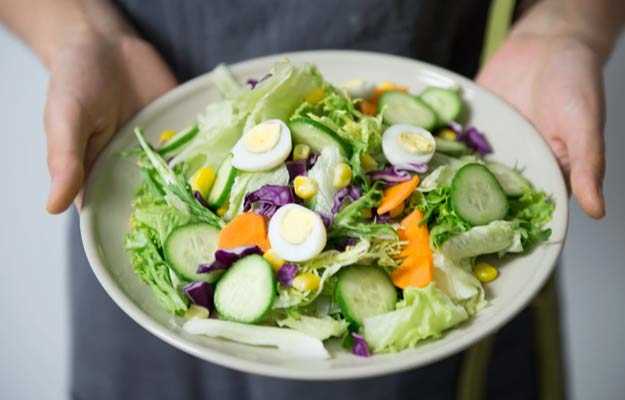Sepsis refers to an infection of the blood and can be a result of any infection in the body, such as pneumonia, influenza or urinary tract infection. It is a serious condition that takes time to heal and regain your strength. People who are suffering from this condition may experience consequences such as weight loss, lean muscle mass loss, dehydration, etc. It is possible to manage these complications and regain your strength with some dietary changes. In this article, you’ll find some dietary recommendations to help your recovery after having sepsis.
New Year Bumper Sale @ Rs. 1
X

- हिं - हिंदी
- En - English
- Treatment
-
- Skin Issues
- Acne
- Fungal Infection
-
- Hair Problems
- Hair Growth
- Hair Dandruff
- Self-Analysis
-
- Chronic Diseases
- Diabetes
- Heart Care
- Weight Loss
- Sleep Support
- Liver Care
- Stress & Anxiety
- Our Brands
- Doctor Consultation
- Medicine A-Z
-
Health A-Z
-
- Treatments
- Home Remedies
- Herbs
- Surgery
- Lab Test
- Therapy
- First Aid
- Ayurveda
- Homeopathy
-
- Yoga And Fitness
- Fitness
- Yoga
- Weight Loss
- Weight Gain
-
- Other Topics
- Baby Names
- Beauty
- Healthy Foods
- Tips
- Health News
- Pet Health
- Men Health
- Medical Cannabis
- Login / Sign Up












